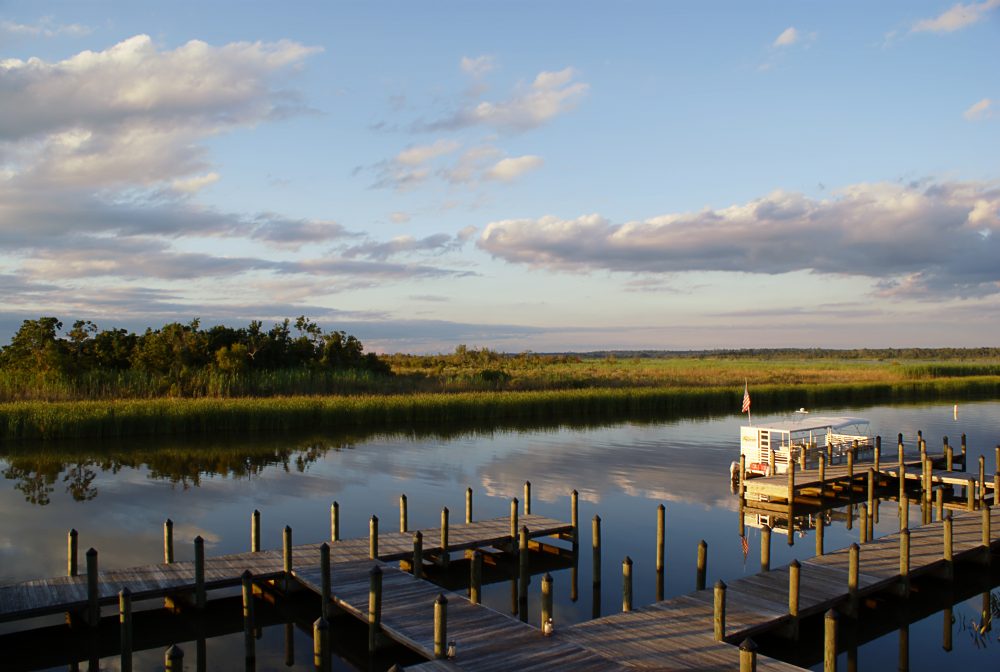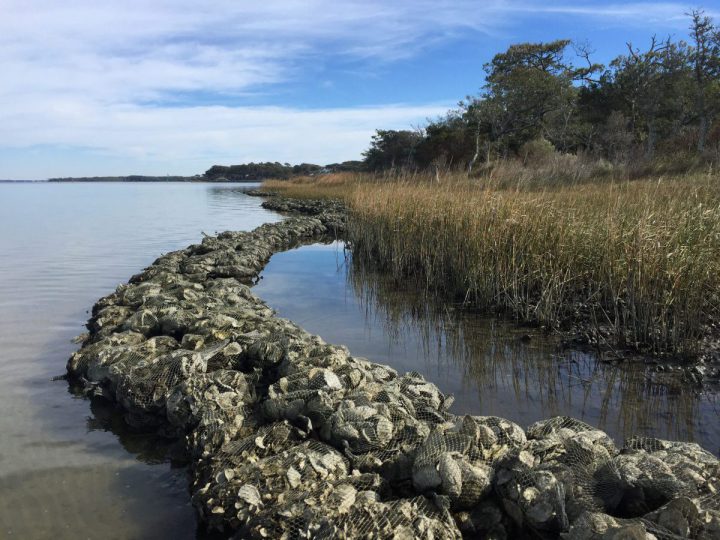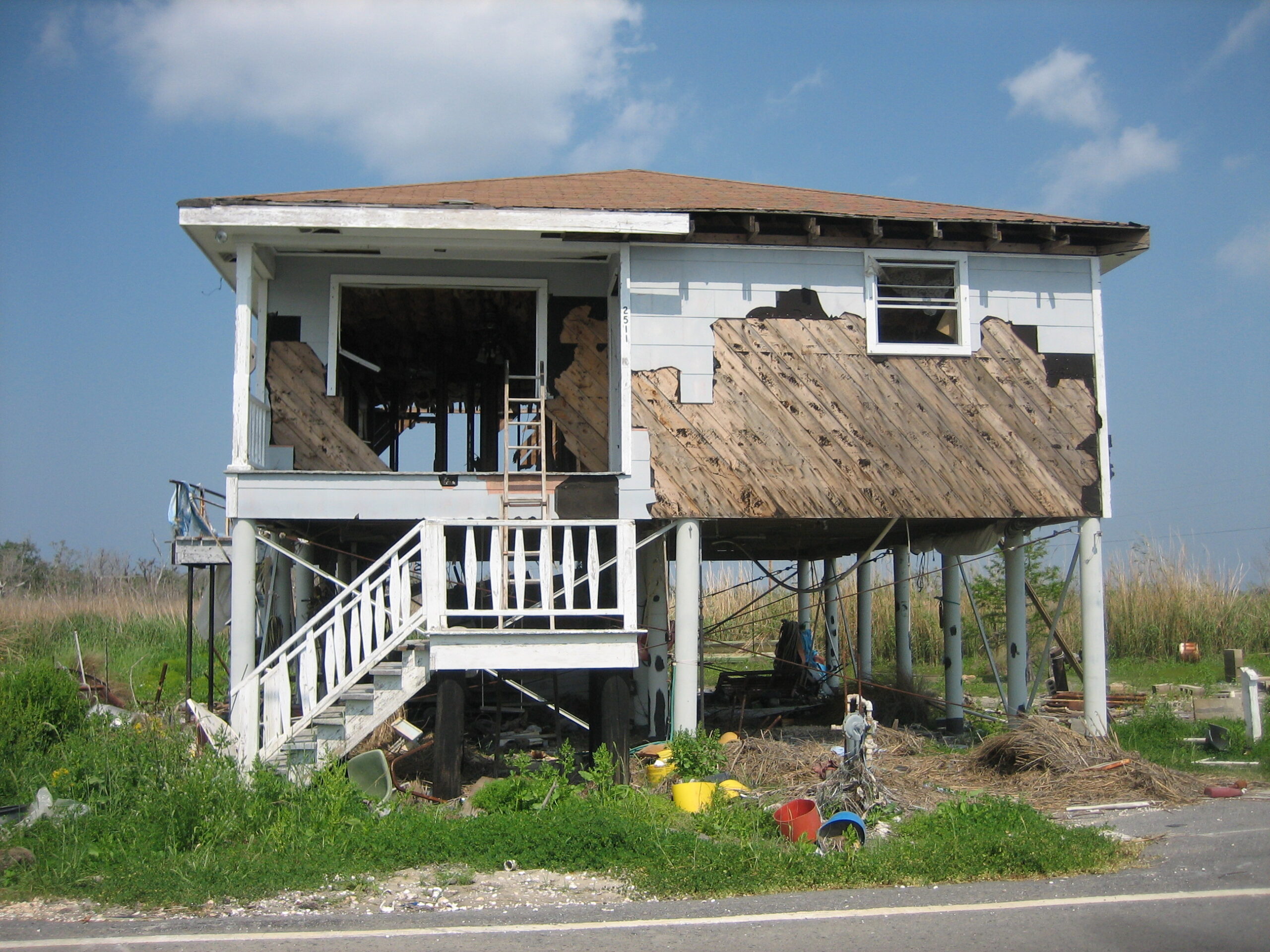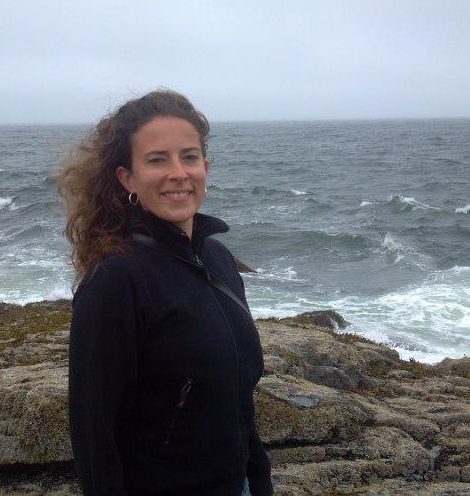Disaster Relief in the Form of Resilience
The 2019 hurricane season is upon us and from what we can tell – and what we already know from Hurricane Dorian – is that this year is likely to follow the same pattern of cost and catastrophe that is becoming too common. The Atlantic Ocean is 1.5°F above normal and likely to continue generating […]

The 2019 hurricane season is upon us and from what we can tell – and what we already know from Hurricane Dorian – is that this year is likely to follow the same pattern of cost and catastrophe that is becoming too common. The Atlantic Ocean is 1.5°F above normal and likely to continue generating major storms as a result of this energy overcharge. We are heading into the ‘wet’ season for the Midwest (a region already facing epic flooding) and the Northeast. This is a season increasingly marked by severe storms and flash flood risks. And in the West, grueling heat waves are giving way to the start of a new wildfire season. At the time of writing there are nine active fires scorching 79,000 acres in California.
The new normal of climate change requires professionals from all backgrounds, disciplines and industries to reconsider how they continue delivering services and products. And just as we, The American Society of Adaptation Professionals, help myriad professions ask and answer those questions, we have been thinking about the role of disaster philanthropy in a changing climate. Below are three ways we believe that foundations can meet their mission of delivering relief in the form of resilience investments.
1) Resilient People Make Resilient Places
Investing in resilience can take many forms. The newly released website from The Urban Sustainability Director Networks includes a playbook for setting up “Resilience Hubs.” These centers provide a place for communities, post-disaster, to gather for access to medicine, power and communication networks. These hubs are community operated and directed. Set-up for a building primed for a solar panel installation (solar plus storage is a requirement for these centers) costs between $150,000 – $300,000.
Fulton County, Georgia is applying for funds from the Southeast Sustainable Communities Fund (SSCF) to establish two of these Resilience Hubs. The funding opportunity Fulton County is applying to is a joint grant program supported by the Southeast Sustainability Director’s Network and the Kendeda Fund. Fulton County has a diverse population including many who are underserved and vulnerable to a variety of climate-related disasters, including flooding and extended heat events. These hubs will serve as education and empowerment centers before events. Through soft skills trainings and the sustained services that Resilience Hubs will offer (medications, power generation, safety) they will be able to support hundreds of community members in the case of a disaster.

2) Enlist Mother Nature
Gone are the days of pitting cities vs. nature. In order for us to address the dire UN warnings of accelerated species loss we must identify nature-based solutions to human resilience needs. A shining example comes in the form of Living Shorelines. Upgraded by the Army Corps of Engineers in 2016 to be a standard allowable infrastructure application to manage sea level rise and coastal flooding, Living Shorelines restore natural coastal features to protect assets from flooding and bonus (!) they restore ecosystems and are showing remarkable resilience to extreme storms.
In Wilmington, North Carolina, Living Shoreline installations are being used to protect private property and public assets. Investments in organizations advocating for these nature-based solutions and incentives for communities to choose this less mainstream approach would have a direct benefit to communities, minimize disaster impacts and restore natural areas.
3) Train a Resilient Workforce
Innovations abound in the adaptation and resilience circles, but sharing of practice, standardization and continued training is lacking. An estimated $350 million was spent on adaptation and resilience planning 2018. With better training for existing professionals, mentorship opportunities for emerging professionals and a common accreditation framework for all adaptation practice, these investments will be more likely to focus on equitable, just and effective adaptation strategies.
A modest investment of $50,000 can ensure mentorship programs reach new professionals from more diverse backgrounds, including from communities most likely to be impacted by climate change. Half a million dollars would support the convening, co-learning and creation of adaptation and resilience accreditation, as well as a certification program deployable across the country, with the potential to be integrated in leading educational institutions. Investing in trainings ensures that as severe storms, flooding and wildfires continue to increase, the workforce is prepared to adapt to those changes and build the resilient communities, workplaces and ecosystems we need to survive and thrive.
Changing Disaster Response Paradigm
So much of our action around the disaster life cycle is premised on waiting for an event to occur. With climate change upon us and frequently coming in the form of acute extreme events, we must change the expectations and narrative from waiting to action. In 2016, philanthropy contributed $86+ million to support preparing for and recovering from disasters in North America. That same year less than 4 percent of grants supported resilience, risk reduction and mitigation, even though we know investing in resilience has demonstrable returns of up to $6 in future disaster costs for every $1 invested in hazard mitigation!
While there will always be a need to support communities, institutions and individuals after a disaster, it is time for the leaders of pre- and post-disaster strategy building and investment to advance a new approach. We need bold leadership now on how we prepare for disasters and support communities.
Breaking the cycle of a singular focus on post-disaster funds lies in the hands of only a few actors. And philanthropy is one of them. The foundation community is well poised to lead the investment in resilience and mitigation, setting itself up for greater impact and being an example to other industries, including public investments and insurance, on how to treat disasters in a new era and a new climate.
More like this

Keep Safe America: How to Keep Our Vulnerable Housing Stock Safe

